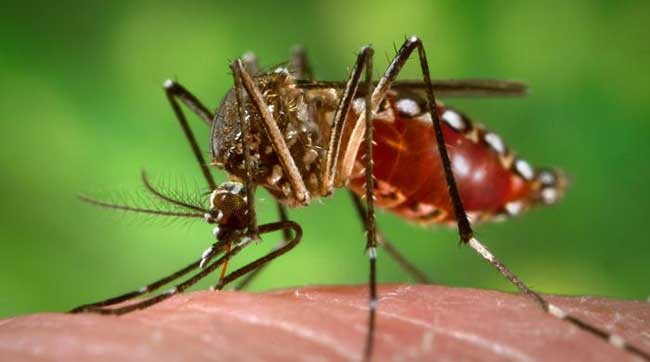Many of the youngest Costa Ricans have never been exposed to dengue fever, but, this year, all four variants of dengue are active in Costa Rica. Recently, the first case of DENV-4 in 22 years was discovered in Turrialba.
Authorities from the Costa Rican Social Security Fund beg the public to double down on efforts to keep mosquitoes away, specifically by discarding objects that accumulate water and can become breeding grounds for mosquitoes that transmit dengue, zika, and chikungunya.
We need to be vigilant around our homes and schools, removing tires, garbage, bottle caps, and anything that accumulates water, so as to avoid an outbreak like the ones we encountered in 2007 and 2013. In 2013, there were over 2 million dengue cases in the region, including 37,692 severe ones and 1,280 dengue-related deaths on the continent. In 2019, these figures rose even higher, to 3.1 million, 28,000, and 1,534, respectively.
We should cover, empty, and clean containers we use to store water, both indoors and outdoors. It’s also recommended that we use mosquito screens on windows, wear long-sleeved clothing, and use insect repellent and insecticides.
In other years, we had a clear idea of when mosquitoes were circulating but, because of climate change, the behavior of mosquitoes has changed. We may see two seasons or one very long one. It’s not clear.
Although, traditionally, coastal areas are the most affected by dengue, there have been outbreaks in past weeks in Los Chiles, Upala, Turrialba, and Pavas. Additionally, cases in Guapiles rose from 11 to 90 per week.
Symptoms of dengue include fever, intense headache, pain behind the eyeballs, muscle and joint pain, nausea and vomiting, and enlarged lymph nodes and/or rash. These symptoms typically appear 4 to 10 days after a mosquito bite and last from 2 to 7 days.

